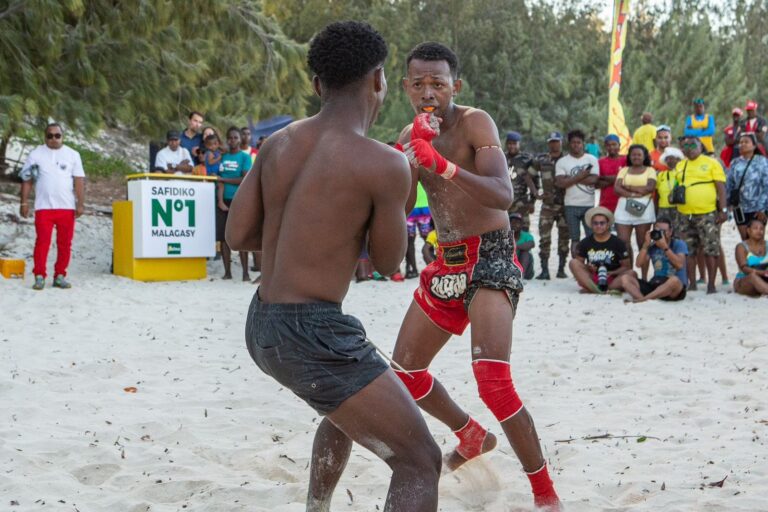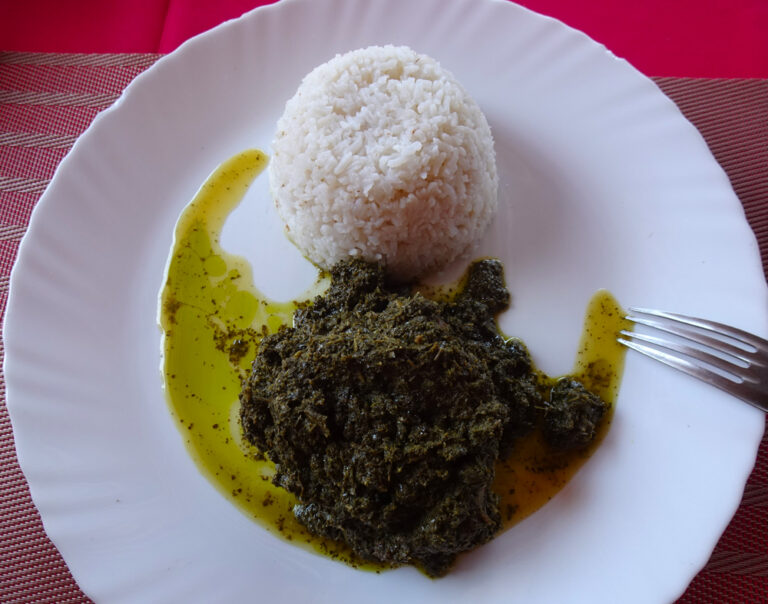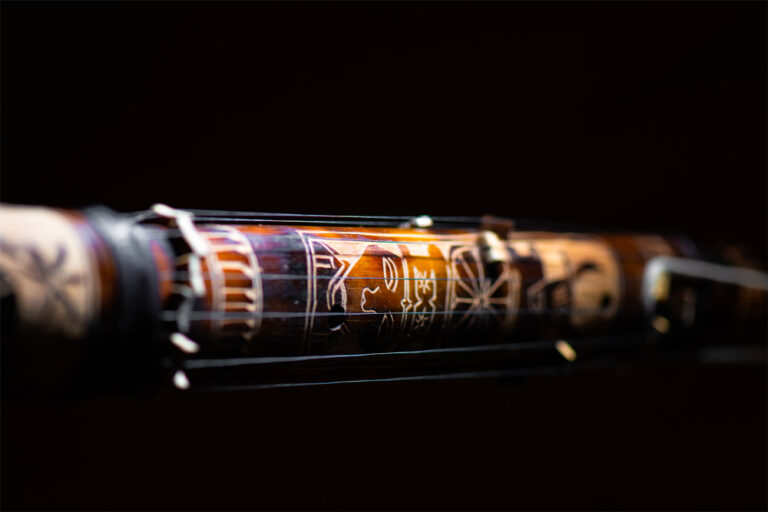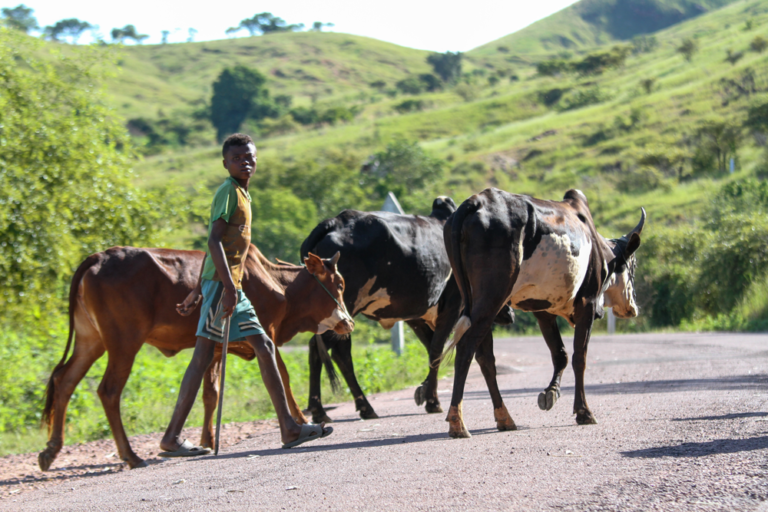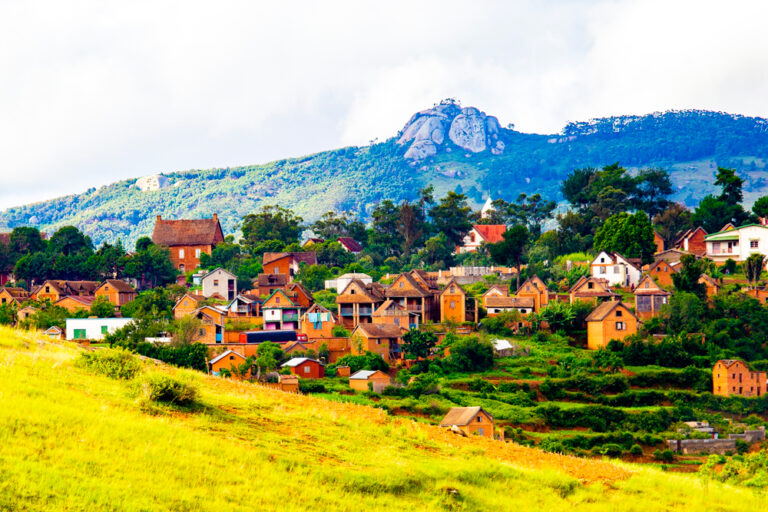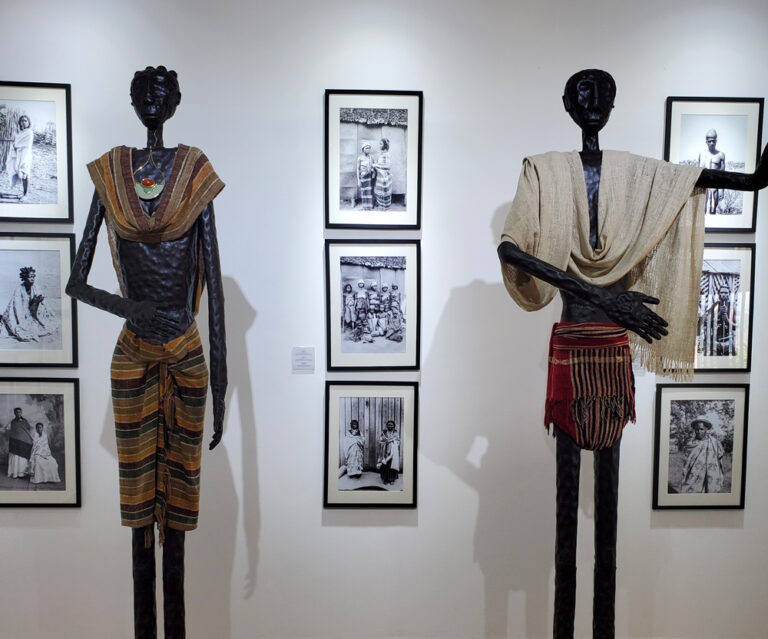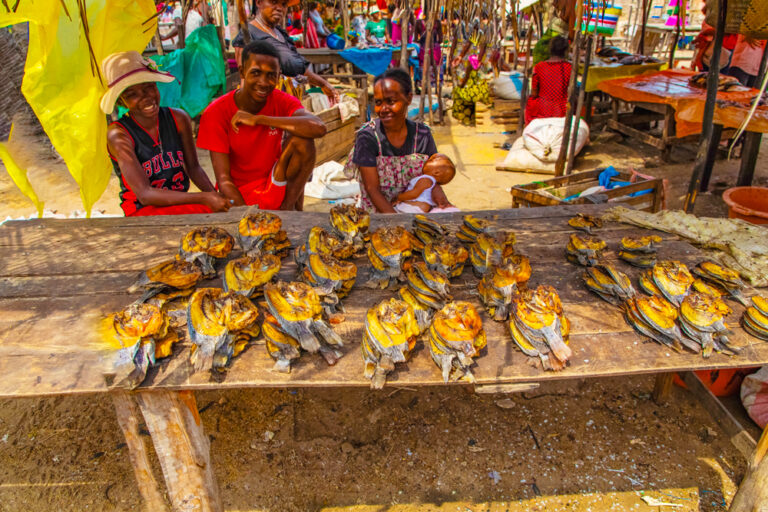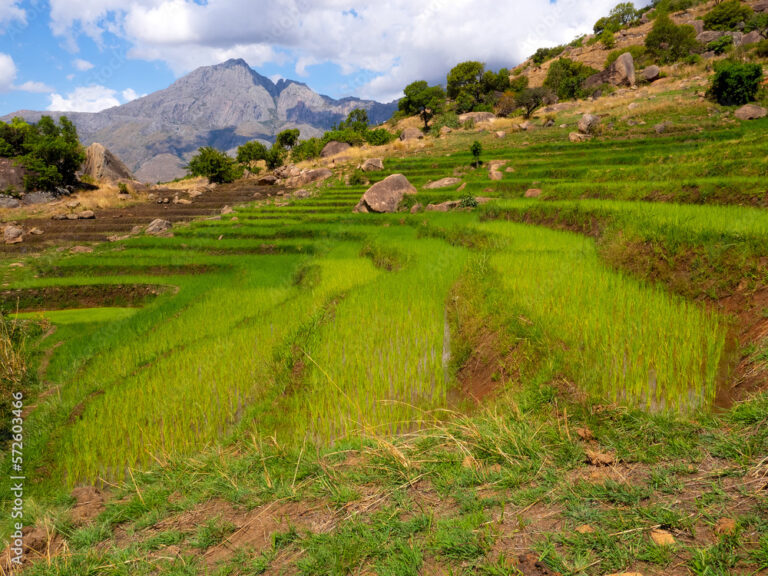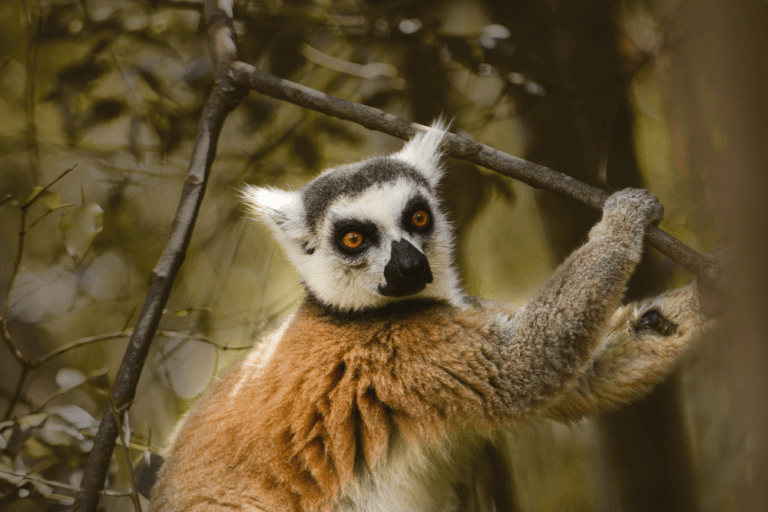Romazava: Mafana Greens Broth
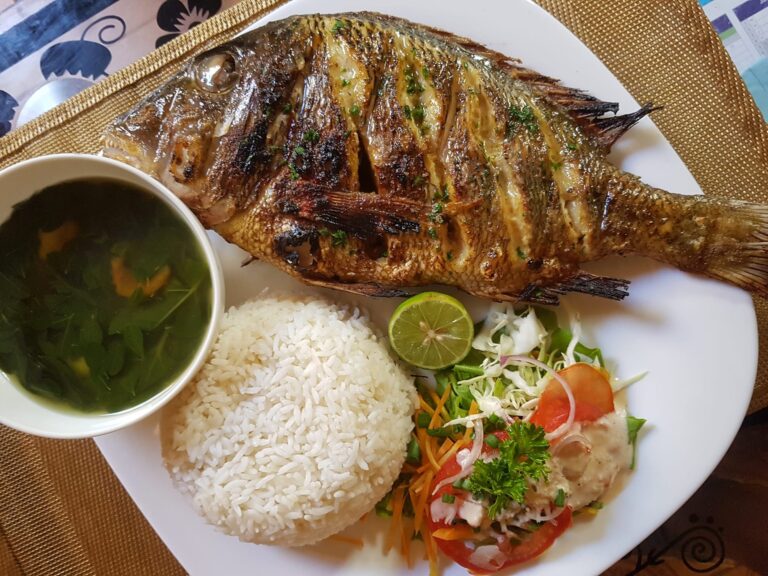
Romazava is a traditional Malagasy dish that has been used for a long time by the Malagasy people to accompany their bowl of rice. Comparable to pot-au-feu, Romazava, whose name "Ro" means "broth" in Malagasy, is distinguished by its key ingredient: brèdes mafana (hot greens). This plant with edible leaves gives the broth a slightly spicy flavor and a tingling sensation in the mouth, an inexplicable feeling that one discovers only by trying it.

